Dhaka, April 1, (V7N) – The ongoing heatwave sweeping across various parts of Bangladesh continues, with April expected to bring cyclonic activity and Nor’westers (Kalbaishakhi storms), according to meteorologists.
March and April are typically the hottest months of the year, and experts note that climate change has intensified the heat over the past few years, particularly in urban areas where temperatures feel more extreme compared to rural regions.
The Bangladesh Meteorological Department (BMD) predicts below-average rainfall in April. Additionally, one or two low-pressure systems may form over the Bay of Bengal, with at least one potentially developing into a cyclone.
The forecast also indicates that the country could experience:
5 to 7 days of light to moderate thunderstorms with hail.
1 to 3 days of severe Nor’westers.
2 to 4 mild to moderate heatwaves (36°C to 39.9°C).
1 to 2 intense heatwaves (40°C to 40.9°C).
Higher-than-normal day and night temperatures.
Meteorologist Shahinul Islam explained that heatwaves and Nor’westers will likely continue throughout April. Even if rain or storms provide temporary relief, temperatures will quickly rise again.
The Eid holidays have left Dhaka’s streets relatively empty, easing traffic congestion. However, rickshaw pullers and street vendors are struggling with the scorching midday heat.
Mominul, a rickshaw puller at Shantinagar, said he couldn’t bear the heat and decided to stop working for the day. Similarly, Shamsur Rahman, a fruit vendor who couldn’t travel home for Eid, mentioned that sales had dropped due to the holiday and extreme weather. "I wait until sunset to get some relief from the heat," he said.
According to BMD’s latest report, a trough of low pressure extends over West Bengal and nearby areas, while the seasonal low remains over the South Bay of Bengal.
Isolated thunderstorms with lightning in Mymensingh and Sylhet divisions.
Dry weather with partly cloudy skies elsewhere.
A slight increase in daytime temperatures, with nighttime temperatures remaining stable.
Currently, a mild heatwave is affecting Rajshahi, Pabna, Naogaon, Nilphamari, Jashore, Dhaka, Faridpur, and Rangamati, and it is expected to persist.
Meteorologist Abul Kalam Mallick attributes the rising heat to climate change and urbanization. Deforestation and increased concrete structures prevent rainwater from cooling the ground, trapping heat in cities.
Jashore recorded the highest temperature today at 37°C, and meteorologists warn that April temperatures may exceed 40°C.
END/CLM/RH/




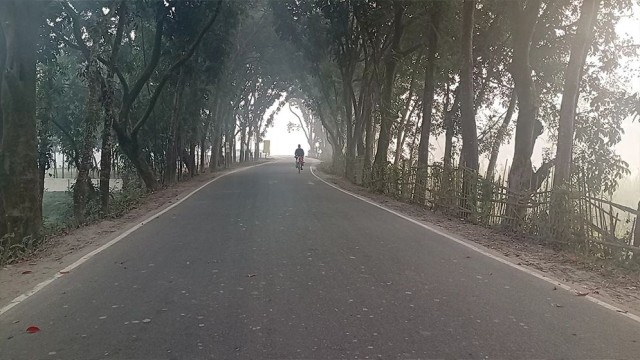
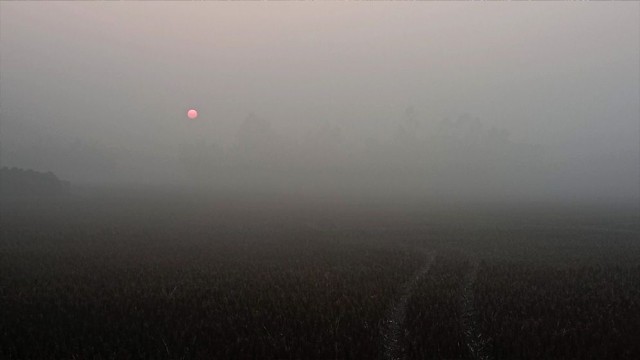
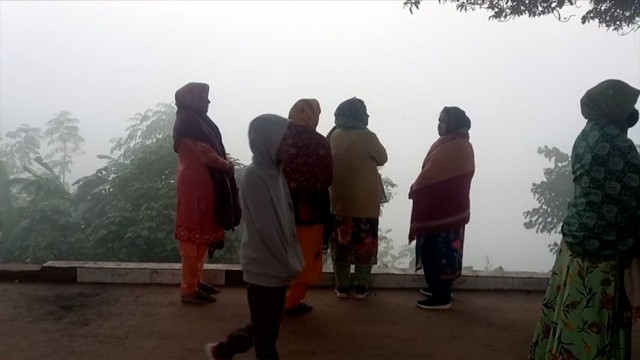
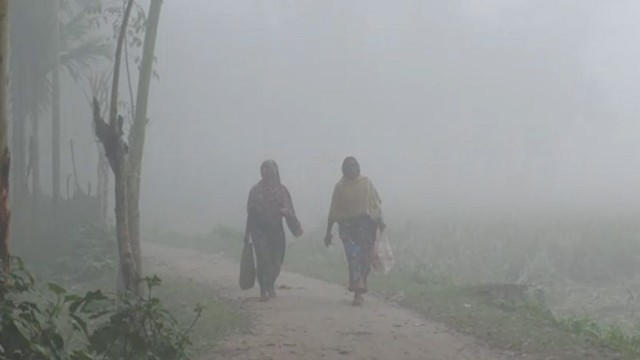
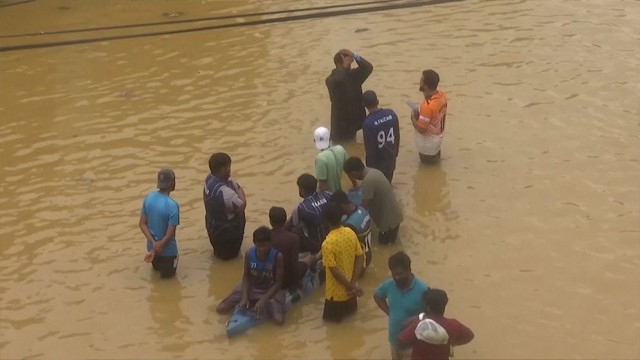


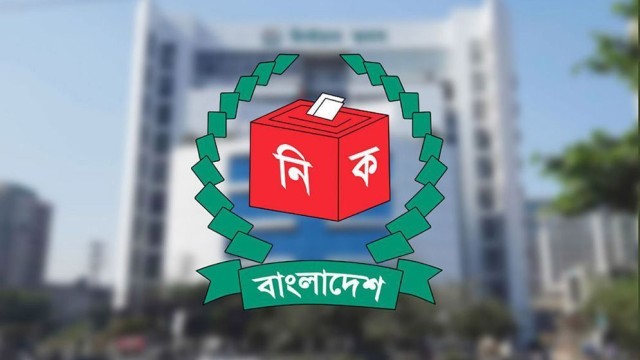

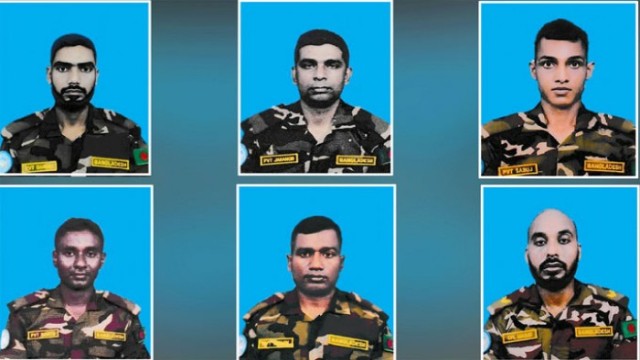
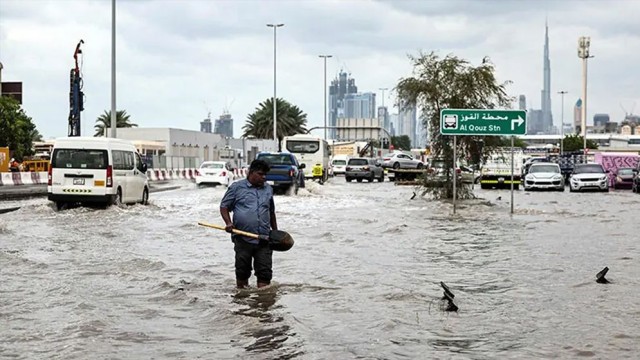



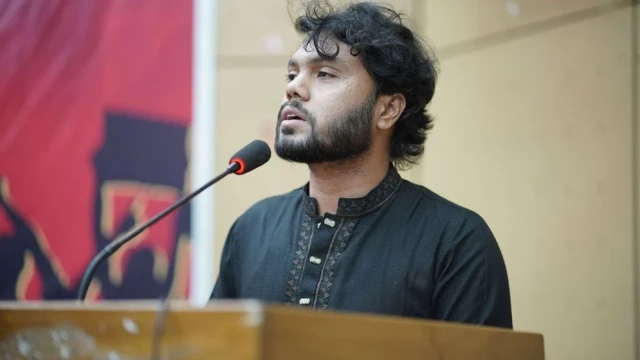


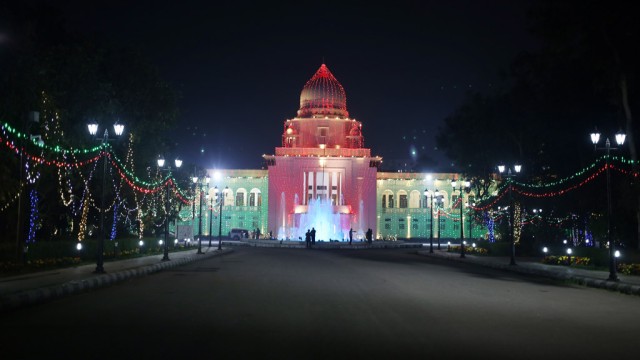



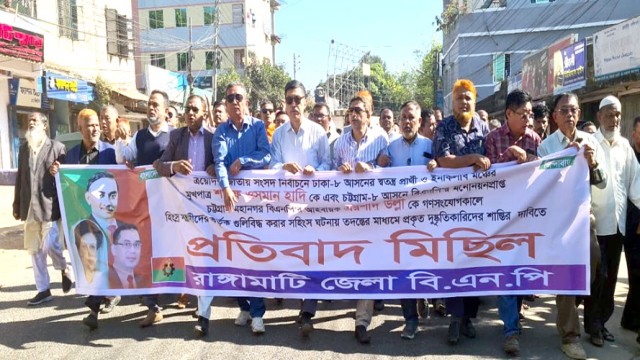




Comment: